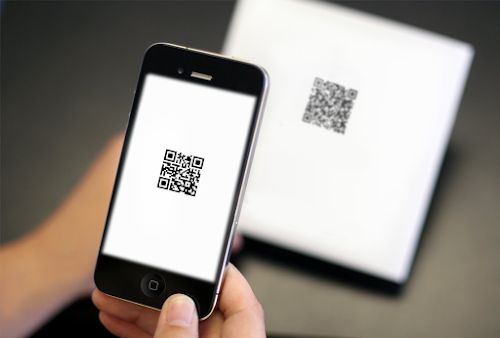Wireless Charging is available in almost all flagship phones that have been launched this year. Wireless charging is slowly becoming a standard for flagship smartphones. So in this article let's decode what is wireless charging, how does wireless charging work, is it faster and many more questions like these.
What is Wireless Charging?
Wireless charging as the name suggests means you no longer need to plug a cable into your smartphone to charge it. Simply placing it on a wireless charging mat or tabletop is enough to charge your smartphone's battery.Devices Like iPhone X,iPhone XS ,XS Max,iPhone 8,Samsung Galaxy S8,S9,Note 8,Note 9,Huawei Mate 20,Google Pixel 3,3XL etc.
What do I need to charge my phone wirelessly?
You need two things. The first is a smartphone that supports wireless charging or a case that you can put on one to add wireless charging if it doesn’t come built in.
The second is a wireless charger. These little pucks or mats come in various shapes and sizes, from larger mouse mat-like things to small discs built into furniture.
Is it faster than conventional wired charging?
In most cases, it is slower than wired charging. Some wireless chargers are faster than others. Some modern smartphones support fast wireless fast charging at 15W. But a typical wireless charger has an output of around 5W or 10W.
What is Qi Wireless Charging?
There are many wireless charging standards in the smartphone industry. Most smartphones support both the Wireless Power Consortium’s Qi and the PMA or AirFuel Alliance standards, meaning that they will work on most available chargers. Qi is the most popular wireless charging standard amongst the smartphones.
How Does Wireless Charging Work?
Wireless charging works by transferring energy from charger to the receiver in the back of the phone via electromagnetic induction. The charger uses an induction coil to create an alternating electromagnetic field, which the receiver coil in the phone converts back into electricity to be fed into the battery. They typically have to be in close proximity to each other and correctly aligned over the top of each other, although a set orientation is normally not necessary.
What's Inside a Wireless charger?
Are there any downsides of wireless charging?
The biggest downside is that wireless charging cannot be performed through metal with current technology. That means most wirelessly charging smartphones have either plastic or glass backs, the latter of which makes them more fragile.
It also may not work through thick cases, although generally does through thin plastic cases, dependent on the phone and the charger.







Comments
Post a Comment